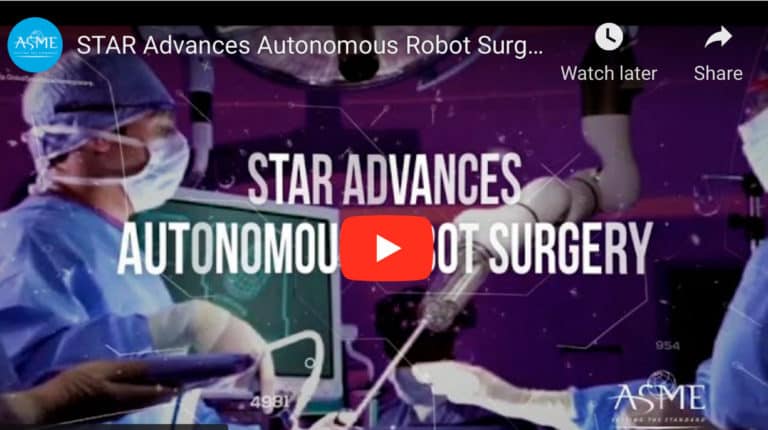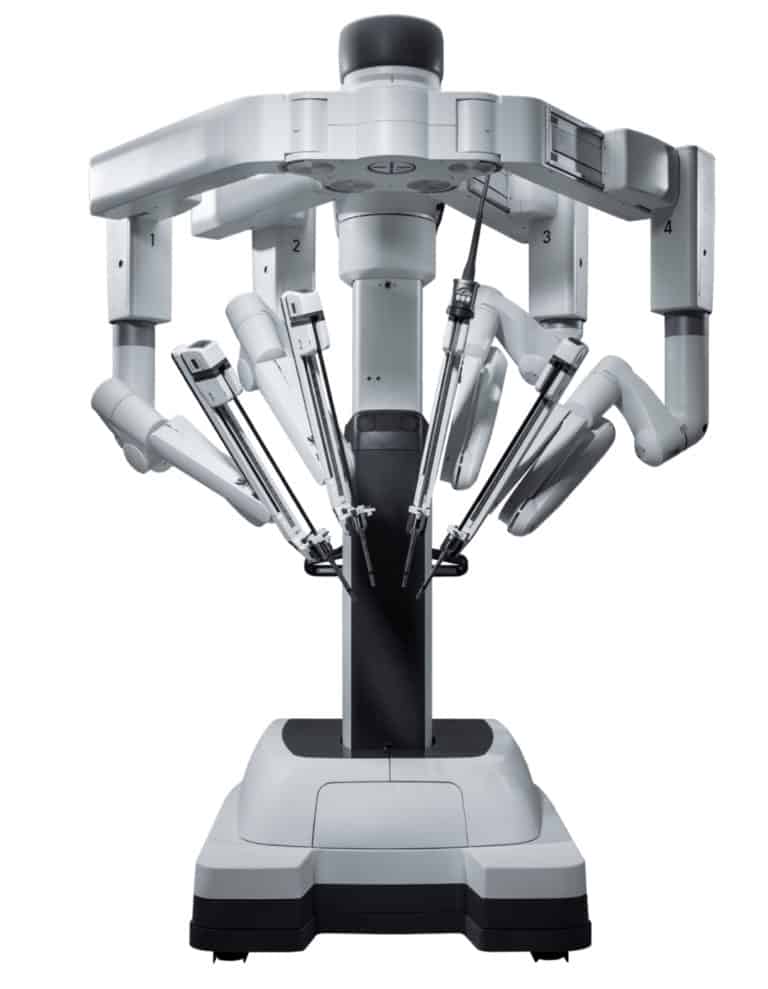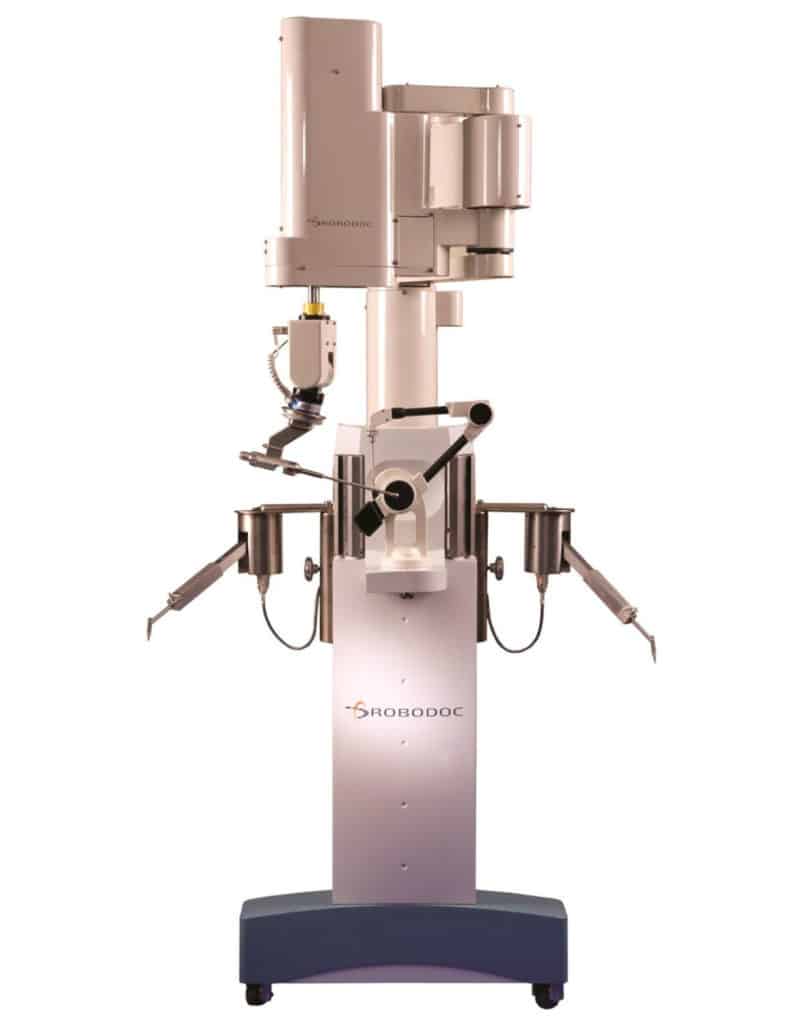We have always been fascinated with robots. With advances in robotics fast becoming a reality, we really wonder if these machines will be our friends or foes in the future. Will they be out to destroy humanity (Terminator)? Could there be alien robots that transform into everyday objects (Transformers)? Regardless of your opinions on these topics, robots are becoming more and more prevalent in the medical field and are poised to further revolutionize it. A report by Allied Market Research estimated that the global surgical robot market could grow to $98.7 million by 2024 – an 8.5 percent growth from 2017, with some contributing factors being the rise of artificial intelligence (AI), miniaturization and high-speed processors.
A famous example is the DaVinci system (Figure 1) by Intuitive Surgical, which has performed more than 7 million procedures since it was launched in 1995. Armed with a series of tiny dexterous robot arms, it specializes in minimally invasive surgeries with the ability to display the patient’s anatomy in high-definition 3D images. The DaVinci system is controlled by the surgeons during procedures and offers them a more precise range of motion and control beyond normal human capabilities.
Robots like DaVinci systems are what’s known as second-generation surgical robots. These robots do not operate autonomously but help surgeons in robot-assisted surgeries. Remarkably, the first-generation surgical robots that preceded them were autonomous and can perform certain procedures without the help of a surgeon. Surgeons, on the other hand, wanted robots that would assist and support them in performing their work, not to replace them. As a result, the primary generation of robots gave way to the second generation.
This might be all set to change. Research is now underway to devise new automated technology that can take over repetitive tasks, such as suturing, to allow surgeons to focus on the more complicated tasks and prevent fatigue during long procedures.
Let’s take a look at one example, the ROBODOC (Figure 2). Created by Think Surgical, ROBODOC is a first-generation autonomous robot that is still in use today. The ROBODOC received the FDA clearance in 1998 and specializes in performing complicated hip and knee operations. It converts CT scans of the affected joints into a 3D virtual bone model which surgeons can use for pre-operative planning, allowing each procedure to be tailored to the patient’s unique anatomy. During surgery, the surgeon uses a “digitizer” to select points on the bone surface to indicate the region that needs to be cut out. This region is then matched to the bone surface model generated pre-operatively by ROBODOC. The surgeon needs to verify the registration on the bone surface for the operation to proceed. Once verified, the plan is then imported into a computer-assisted tool, which cuts out the specific region of the bone based on the preoperative plan. The surgeon monitors the procedure in the meantime, making sure that the system is operating properly, finally inserting the implant to finish the procedure.
Figure 1: Da Vinci Surgical System Robot-assisted surgery
Figure 2: The ROBODOC system (Image from Health Management and Leadership Portal)
A study administered by Song et al. on 30 patients who underwent knee replacement surgeries with robotic implantation on one-knee and conventional implantation on the other. Results showed that even though the robotic sides had longer operation times and skin incisions, they demonstrated a decreased incidence of blood clots and post-operative bleeding, which means less stress, decreased bone loss and reduced leg length discrepancies in the long-term.
While surgical robots like the ROBODOC demonstrate supervised execution of surgical plans in practice, perfecting and implementing the more complex and involved tasks is the next step in enhancing autonomy in surgery. Issues such as cost, ethical issues, and concerns regarding sufficient training for surgeons that use these robots will definitely need to be addressed, and further detailed studies will be carried out as more robots are introduced into the operating room. If the time comes, would you choose for an autonomous robot to operate on you?
References
Hussain, Zeeshan 2021, Autonomous Robots in the Operating Room, Engineering.com, 22nd March 2021, https://www.engineering.com/story/autonomous-robots-in-the-operating-room
Knee resurfacing system ROBODOC Curexo Technology Corporation, Health Management, 6th April 2021, https://healthmanagement.org/products/view/knee-resurfacing-system-robodoc-curexo-technology-corporation-1






















